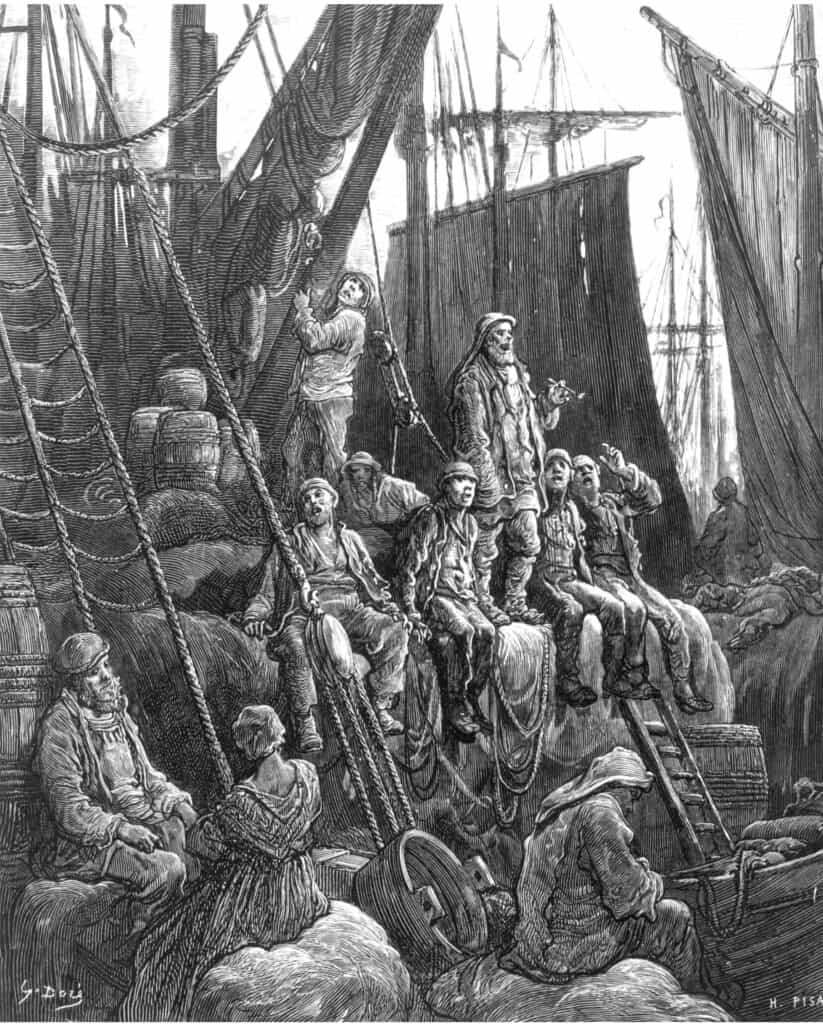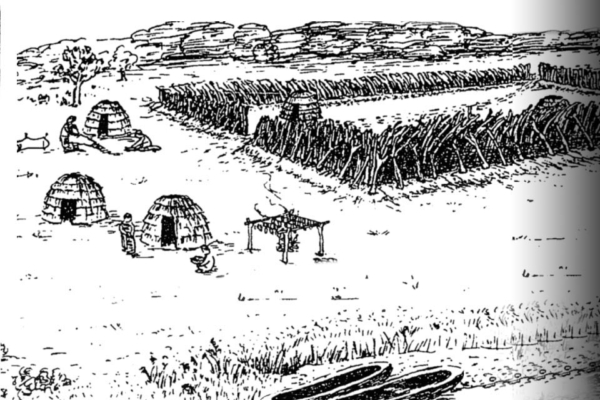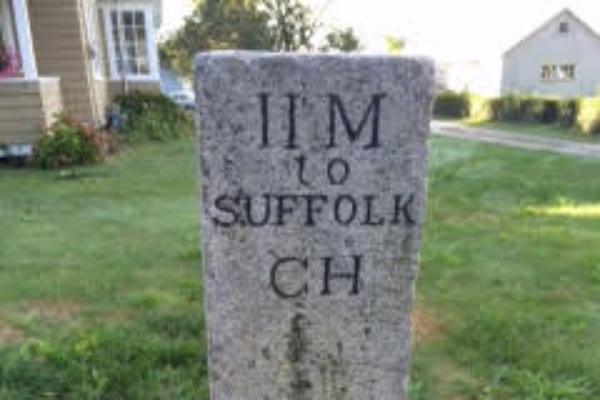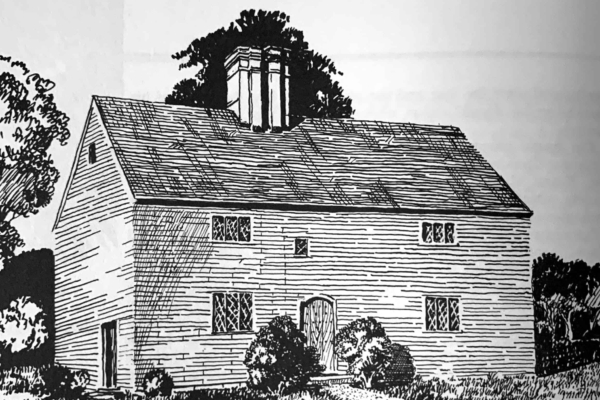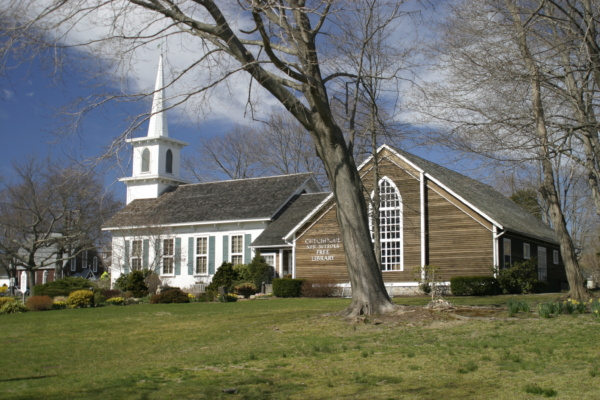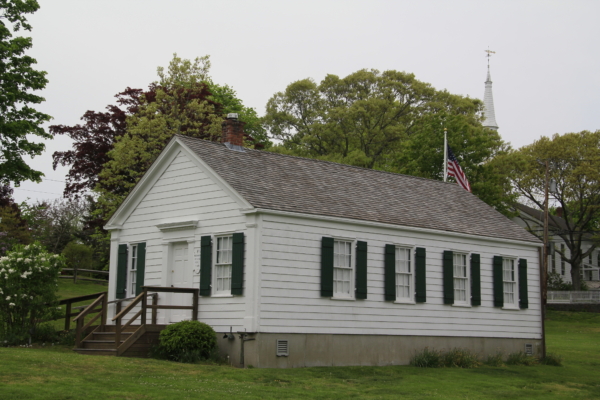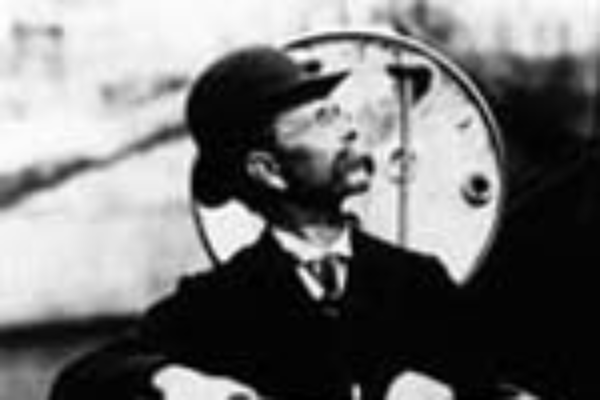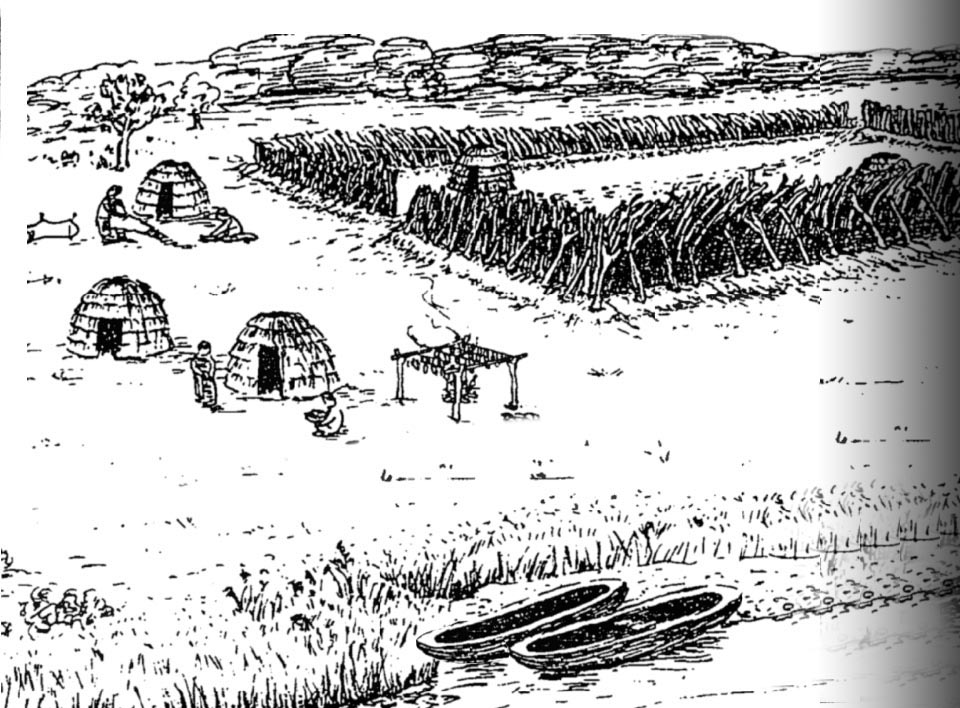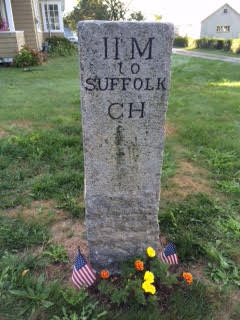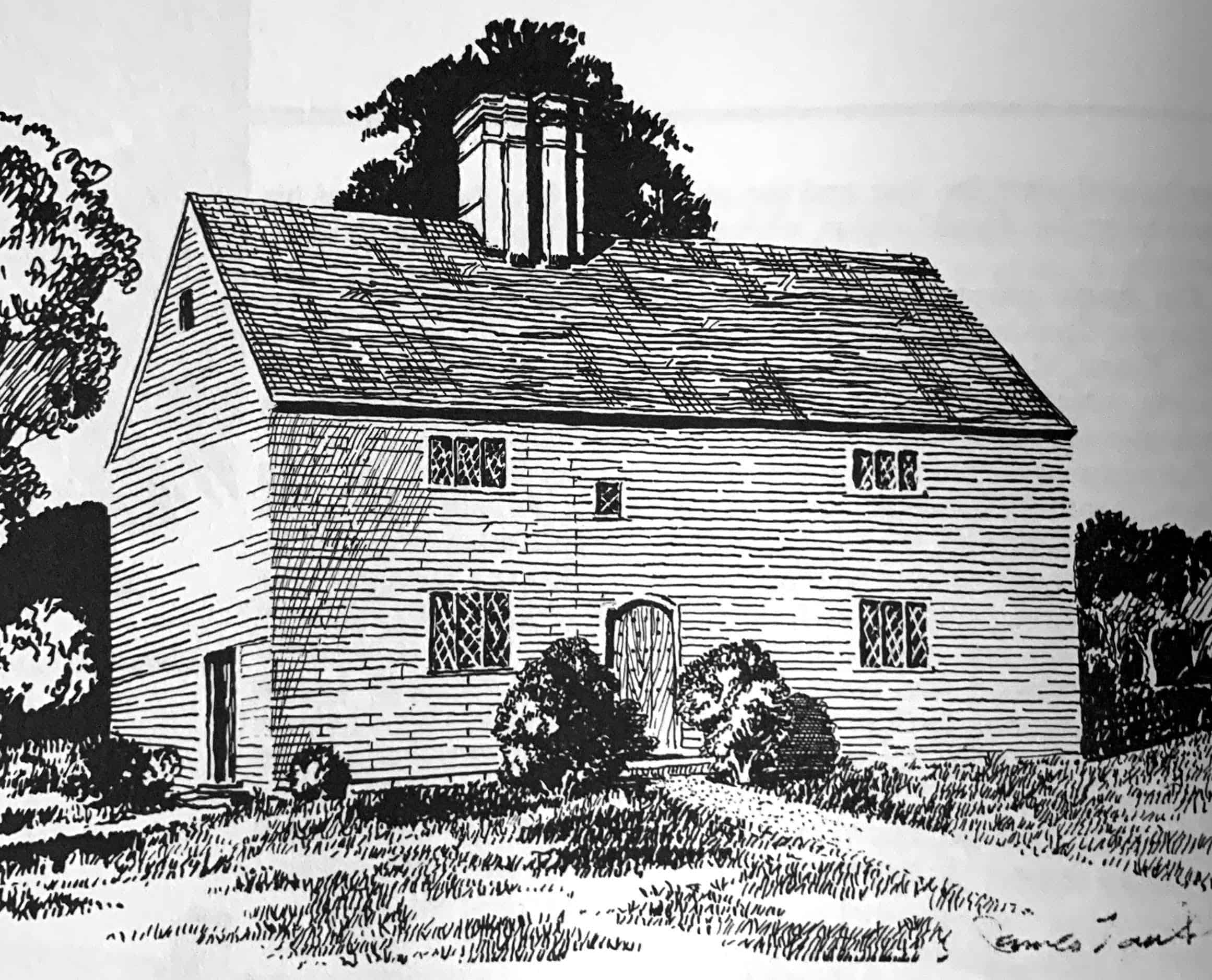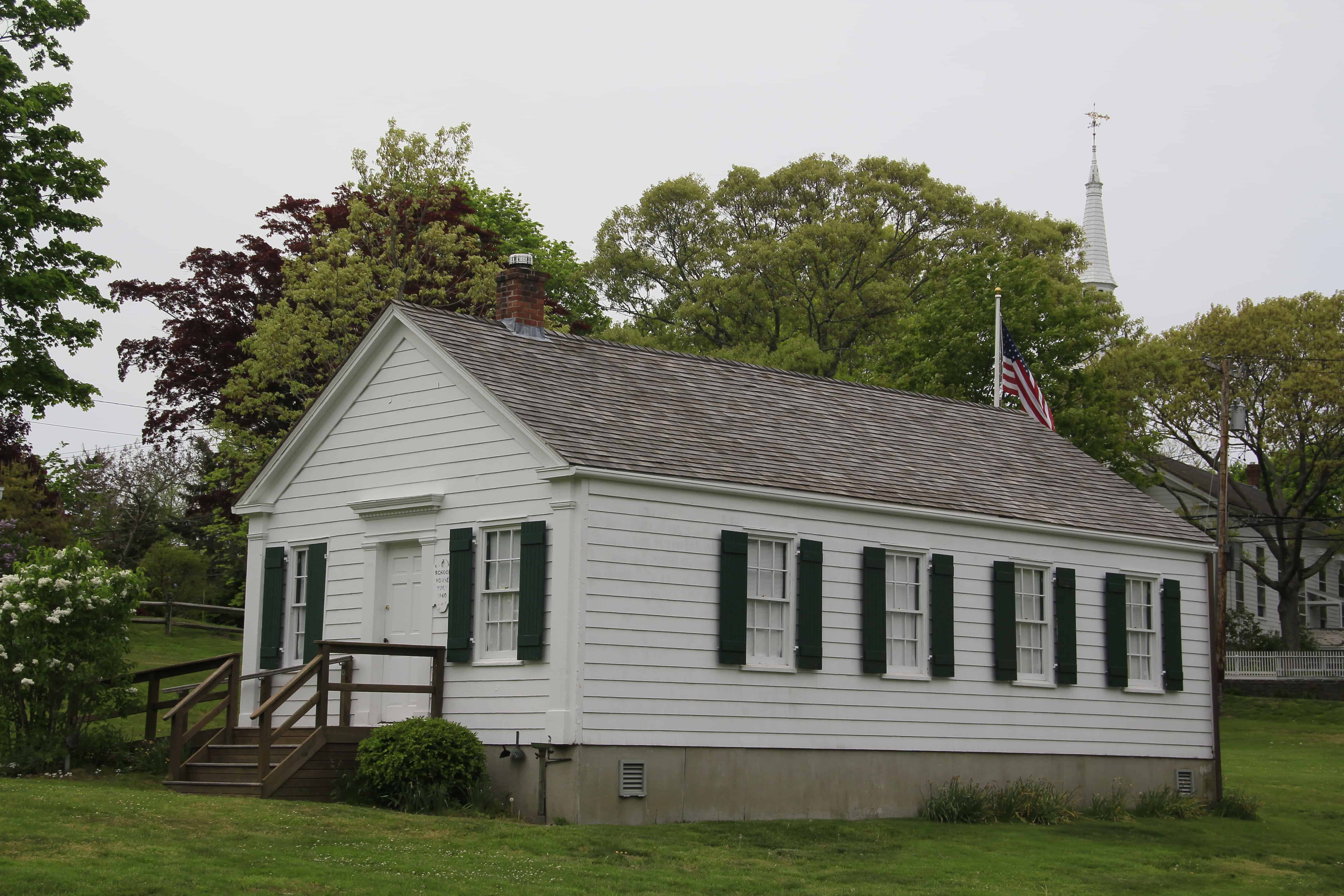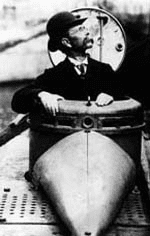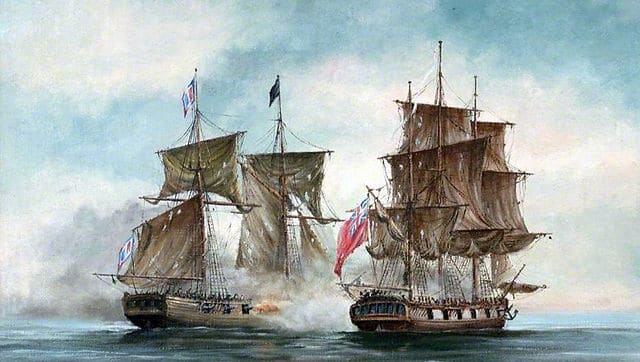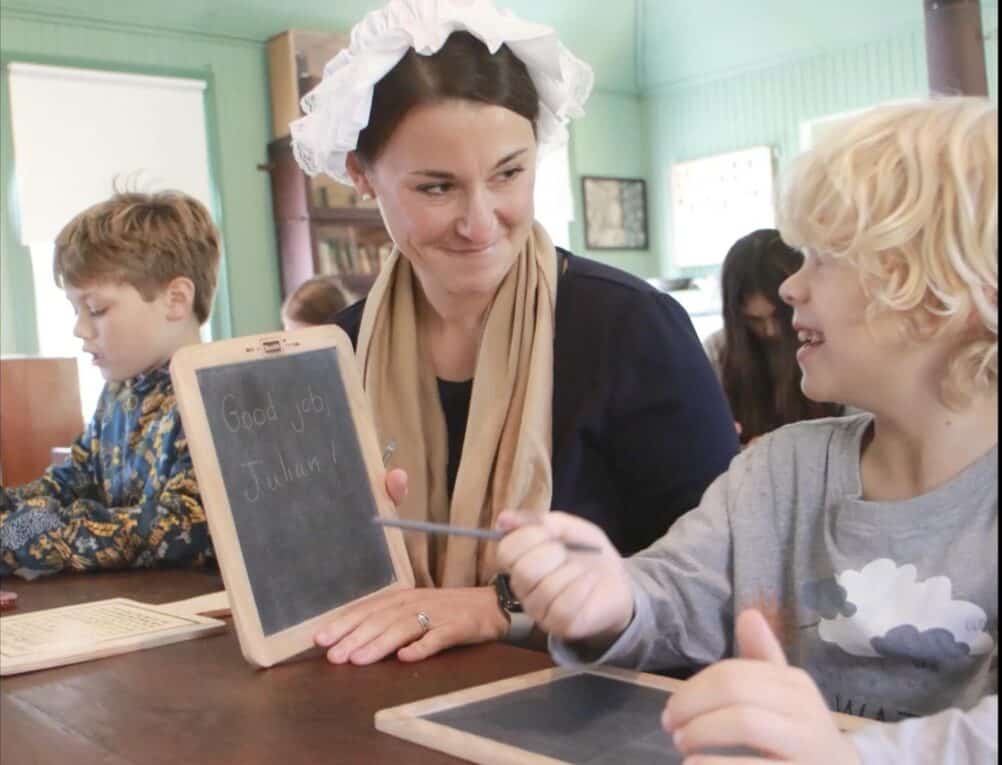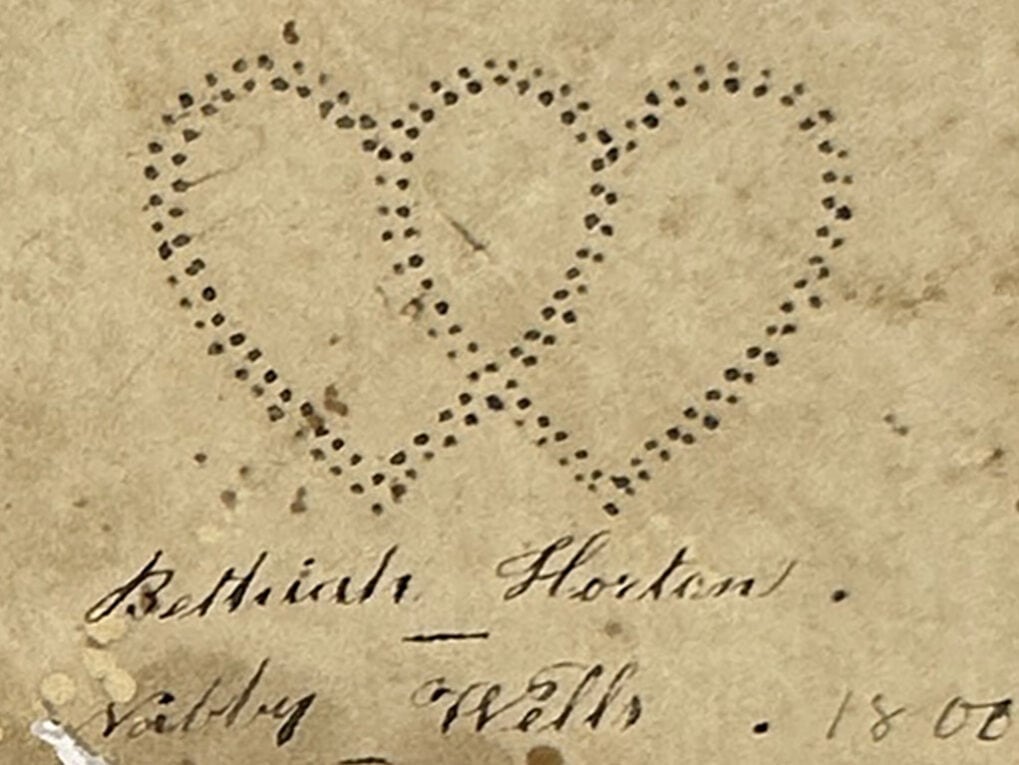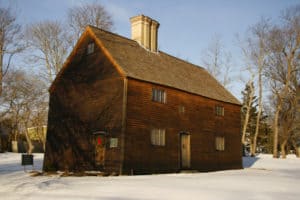Stephen Sanfilippo came to the attention of the Cutchogue New Suffolk historical council when we were looking for a colonial balladeer for our Family History Day, where he has enlightened history-minded fair-goers for the last two years.
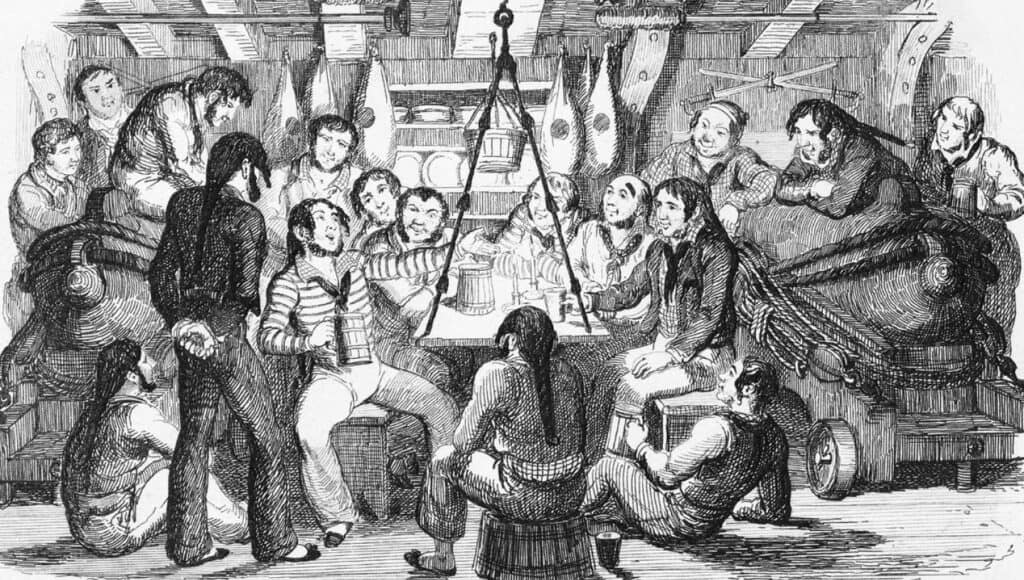
“The Coast of Barbary,” also known as “High Barbary,” “High Barbaree,” or “Cruising on High Barbary,” is an English ballad of action against pirates and piracy.
The song’s origins are something of a mystery, open to speculation. It is an excellent example of a historic song, still learned orally and relatively well-known, that is still undergoing changes; for instance, even though it is sung here ‘in the tradition,” Stephenprobably never sings it quite the same way twice.
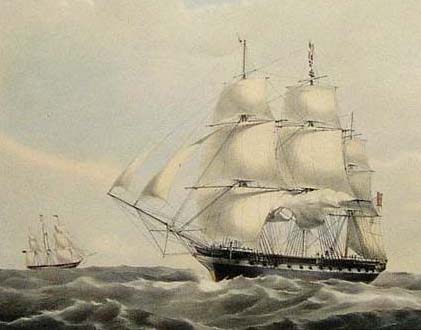
The song is thought to have developed from “The Saylor’s Onely Delight,” now commonly called “The George Aloe and the Sweep-stake, an English ballad of the 1500s involving the cruel attack on the English ship Sweepstake by a French ship, and the capture and destruction of the French ship by the English ship George Aloe. This ballad, in turn, changed over centuries to develop several other songs of battles between pirates, always with the brave English seamen defeating the murderous and cowardly pirates.
The version sung here is one of the thirty songs heard and written down by Lewis Jones, who shipped as a carpenter in the Sag Harbor whaling bark Hamilton, 1845-1848. This version is noteworthy for putting the singer-narrator into the action in the first person: “I looked ahead, I looked astern, I looked aweather, I looked alee.”
Stephan makes changes from Jones’s version and from most versions as published and as performed by history-minded singers. This change involves the name of one of the English ships, Prince Rupert. Prince Rupert is a 17th century English admiral. Jones gives it as“Queen of Rushia.” Other versions call the ship Prince of Luther.
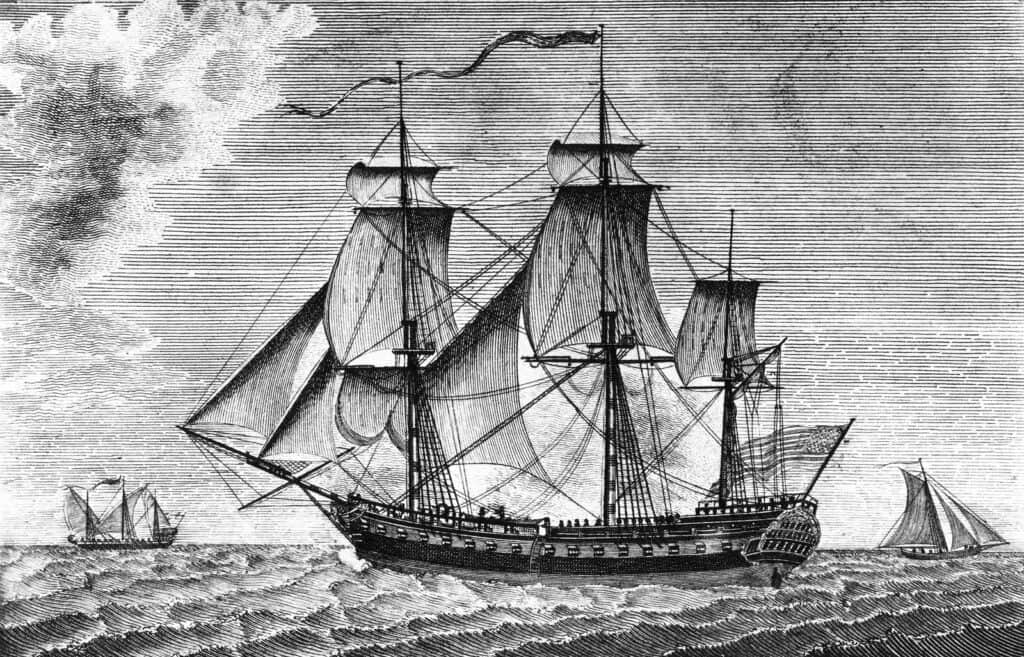
Lyrics:
There were two lofty ships from old England came,
Blow High, Blow Low, and so sailed we,
One was the Prince Rupert, the other Prince of Wales,
Cruising down along the coast of Barbary.
Aloft there, aloft, our gallant boatswain cried,
Look ahead, look astern, look a weather, and a lee,
I looked ahead, I look astern, I looked a weather, looked a lee
I saw a wreck to windward, and a lofty ship a lee.
Oh, hail her, oh, hail her, our jolly boatswain cried,
Are you a man-of-war or a privateer cried he?
I am not a man-of-war, nor a privateer cried he,
But I’m a saucy pirate and I’m cruising for my fee.
For broadside, for broadside, a long time we laid,
Until at last our frigate shot the pirate’s mast away.
For quarter, for quarter, this saucy pirate cried,
But the quarter that we gave them was to sink them in the tide.
With cutlass and with pistol we fought for hours three,
The ship it was their coffin and their grave it was the sea.
In this performance, Stephen plays a 1950 classical guitar made by the Italian Brazilian luthier Tranquillo Giannini. Stephen uses a somewhat modified frailing here, stating that: “The frail on the classical guitar sounds somewhat similar to a martial beat, just as it would when a warship’s company under sail was “beat to quarters,” meaning summoned to their battle stations by a particular rhythm of the beating of a drum. The “drumming” is also suggested by the use of only two chords, Em and D, which also results in the song being somewhat less melodic.
He is seated beside the kitchen hearth of the Old House. A fine place for a sailor to warm himself by the fire and entertain the cook and kitchen maid with sea songs and sea stories, Stephen is wearing clothing typical of a seaman of the 1770s: wide canvas culottes, known as “slops,” a cotton striped shirt and a wool cap knit by Susan.
For more on “The Coast of Barbary,” email Stephen at seasonghistory@gmail.com. Among the books that include information on the song are American Sea Songs & Chanteys from the Days of Iron Men & Wooden Ships, edited by Frank Shay, Traditional American Folk Songs from the Anne & Frank Warner Collection, edited by Anne Warner, Shanties from the Seven Seas, compiled and edited by Stan Hugill, and The Viking Book of Folk Ballads of the English-Speaking World, compiled and edited by Albert B. Friedman. “The George Aloe and the Sweepstake” is listed as Child 295 in volume five of Francis James Child’s monumental compilation, The English and Scottish Popular Ballads. Stephen recommends two excellent online renditions of “High Barbary” one by David Coffin and one by Paul Young and Sarah Loughran.
Stephen Sanfilippo, a 4th generation Long Islander, divides life between Southold, on Long Island’s North Fork, and Pembroke, on the coast of way Downeast Maine, has been researching and performing songs of the maritime trades since 1973. He received his Ph.D. in History from Stony Brook University, his dissertation, “Whalemen’s Song: Lyrics and Masculinity in the Sag Harbor Whale Fishery, 1840 – 1850.”. Stephen has performed from Canada to the Eastern Caribbean, mainly in Washington County, Maine, and locally. For many years he taught courses in maritime history through historic songs of the sea. He and his wife Susan, herself a maritime historian and educator, publish an e-newsletter, Seasongs: from Sunrise to Sunrise.
